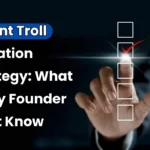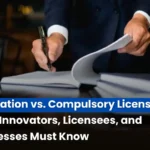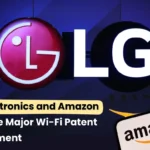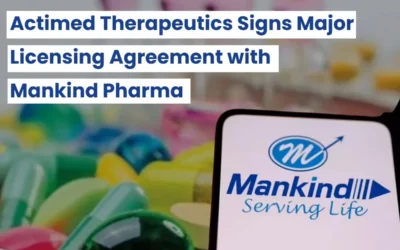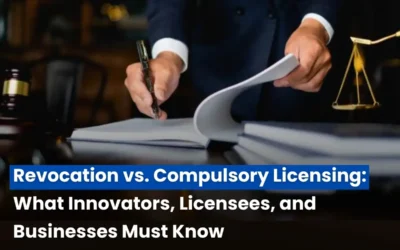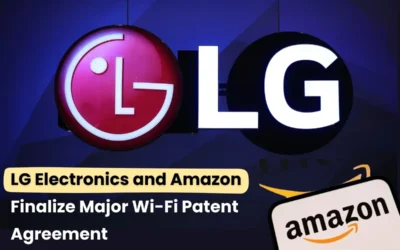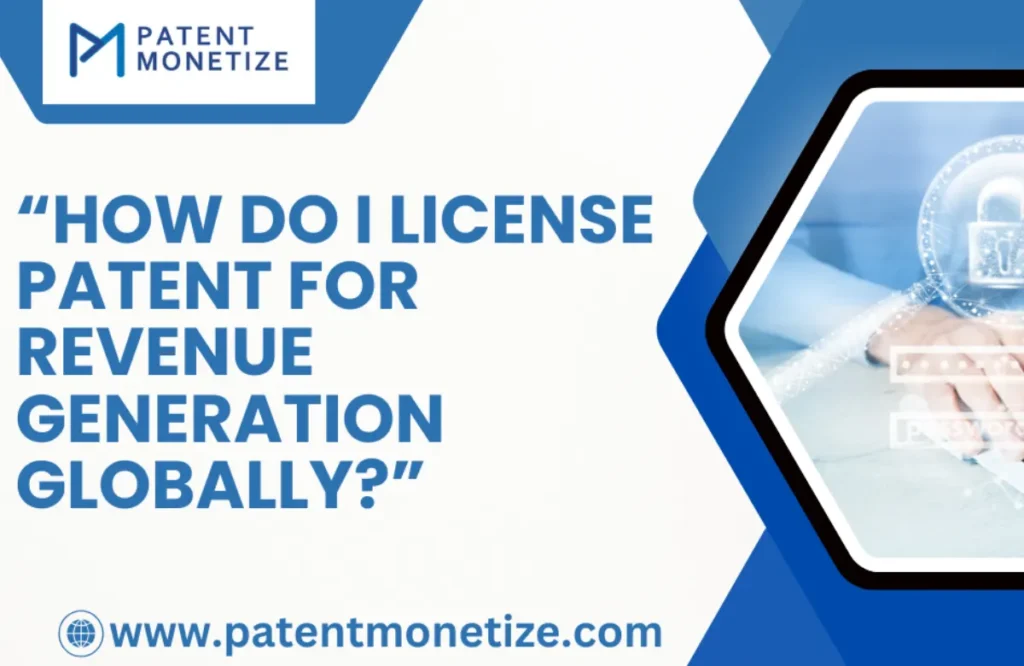
Intangible property forms one of the greatest treasures and possessions any firm or patent holder owns. Besides the innovation factor, patents proffer an opportunity that can be very golden in helping the development of licensing agreements and hence generate gargantuan revenues through the worldwide distribution. A license patent globally is a process by which the patent owner gives another party, also referred to as the licensee, the entitlement to use, make, sell, and distribute the patented invention for some years or even decades against payment made in the form of some royalties, lump sums, or any other remuneration. One aspect not to overlook about key role licensing is extending the reach and profit-generating potential of inventions by patent holders all over the globe. The paper discusses the aspect of patents globally, gaining revenues in other regions of the world, steps taken in such processes, forms of licensing agreements, and techniques for being profitable.
What Does Patent Licensing Mean?
Patent licensing is the most dominant form of contract agreement whereby the proprietor of the patent, commonly known as the licensor, grants a license to permit the licensee to make use of the patented technology under such terms and conditions. That is how the intellectual property owned by patents can be translated into revenue generation without necessarily producing or selling anything. It enables the licensee to access new technology without having to develop it itself, which gives a significant cost saving and competitive advantage.
Types of Patent Licensing
There are two types of patent licenses, namely:
- Single Exclusive License: The rights to use the patented technology in a given geographical area or market are transferred exclusively to the licensee. It simply means that the licensor cannot license the technology to any other party in the given region or market, and the rights of exploiting the invention lie solely with the licensee for the term of the agreement.
- Non-Exclusive License: It can be licensed to more than one party, hence several parties could be using the same patented technology in the same regions or various ones. Most of the non-exclusive licenses generally attract smaller amounts of fees or royalties than exclusive ones.
Read Also: How to Maximize the Value of Your Patent Through Smart Licensing Strategies
How to Earn Worldwide Income Through Patent Licensing
Step 1. Know the Value of Your Patent
The more value placed on a patent before licensing is the more intelligent that a rather creative patent is going to solicit rewarding licensing deals if it resolves the common problem, or it deals with a highly sought-after market. You research the market study of the applicability and your invention’s relevance among various markets on earth, and valuable your patent more royalties are collected.
Step 2. Preparing your patent for licensing
- Your patent should be good and valid: It means granted and no legal contention or infringement dispute. A patent that contains strong and clear claims and enjoys global protection is much more attractive to the licensee.
- Research and documentation: Find out whether there is any relevant document to the patent issue, including a process for the application of such a patent, or any previous contract that will be involved if a license agreement is applied. The more details a document describes, the more the licensee is likely to accept.
- International Patents: If you produce international income, your patent must be filed in many countries. The PCT filing allows you to file patents in lots of different countries simultaneously. There is a patent office for each country, so the more countries that your international patents apply to, the better your chances for international licensing deals.
Step 3. Identify Potential Licensees
Finding the appropriate partner is relatively very important in making patent licensing a success. All the following can help in partnering:
- Existing Companies: Massive corporations are always looking to license some new technology or product that either improves their existing business or gets them into an entirely new business. Seek partners in industries your patent could service.
- Start-ups: Small companies are at the seed stage and hence do not have the capacity to develop technology, and thus will be keen on licensing your patents.
- Distributors and Manufacturers: Companies that have manufacturing or distribution networks in your target regions would be keen on licensing your patent for manufacture and sale.
Step 4. Tapping Potential Licensees
You reach out or network, or get in touch at industry events with those you have made contact with. You make your presentation in terms of how your patent will add value to their business. This could be in the form of a meeting, an email, or a formal business proposition.
Step 5. Negotiation of the Licensing Agreement
This process requires negotiating the terms of the license. This will include the scope, term, and compensation. The following are some points that should be covered in negotiation:
- Geographical Scope: Identify which countries or regions the license applies to.
- Exclusivity: Establish whether the license is exclusive or non-exclusive.
- Income Composition of Licenses: Patents are basically royalties. Traditionally, this is a percentage of the sales revenue of a licensee, though it could be a one-time sum or any other permutation.
- Upfront Payment: There is another variety that finds expression in some licenses, and this manifests in association with a signing bonus.
- Performance Milestones: Has certain performance milestones that the licensee has to meet and continue keeping the agreement alive.
- Legal protections: Remain protected from being infringed, but confer rights in case there is infringement of the terms of the agreement.
Step 6. Drafting the Licensing Agreement
Once all the terms are agreed upon, a license agreement is a technically and bindingly enforceable contract. Also, in the preparation of the review of the agreement, it would be sensible to avail yourself of a patent attorney or an intellectual property attorney. A carefully drafted contract would ensure that each party’s rights and obligations would be made very clear so that nothing comes along later as a point of contention.
Step 7. License Monitoring
At this stage, the License is received only on agreement in contract and searched for infringement. The Licensor should monitor the royalties on time for receipt. It must not also breach any licensing terms agreed on. This can only mean that the revenue from this licensee would no longer run continuously, but would always be on high alert.
Read Also: Patent Infringement Explained: Effects, types and Consequences
How To Maximize Global Revenue from Licensing Strategies
Multiple License Agreements
Do not bind your work with a single licensee. Try to get multiple non-exclusive licenses for your work in various regions or industries. That will help expand your reach and increase revenue potential without tying yourself to one partner.
Tailor-Made Agreement for Various Marketplaces
Every market differs from the rest, and, of course, the value of your patent differs with respect to countries. This is why your licensing agreement will have to reflect absorbing the unique conditions in respect of the special local market; for example, you may give better terms of offer in a relatively emergent market to onboard a licensee in it, as compared to royalty rates in cases where the local market is still short of availability of your type of intellectual property because it is quite in demand.
Watch Royalty Trends
Conduct research and negotiate royalty levels periodically. The bigger your patented technology is in terms of market, the more that is tolerated in terms of royalties, and that’s very true for those highly emerging economies.
Licensing through Strategic Alliances
Probably, you get leads on some new licensing opportunities in such areas or industries with which you will not have easy access through any strategic alliances if you are positioned with well-established companies. Also, from such leads, it will help the market, but from the gathered information, your patent licensing approach will be appropriately fine-tuned.
Update on International Regime
The patent laws and licensing, royalty rules are different in many countries. Update yourself regarding international IP laws, especially in the regions in which you desire to license your patent. It will make the deal of license patent globally complex for you to handle.
Read Also: USPTO Enhances Assignment Records Search: New Tool Replaces Legacy Systems by October 2025
Conclusion
License Patent Globally is the optimal way of milking your product for revenue by not having to invest in either production and then distribution. Hence, if you are proactive and have taken sufficient time in filing your patent suitably, then finding appropriate licensees, negotiating favorable terms, you will quickly meet steady streams of returns from inventions. As it is mentioned above, every marketplace is unique; thus, design the process along with an agreement in a way that one achieves maximum mileage depending upon the global financial benefits.
